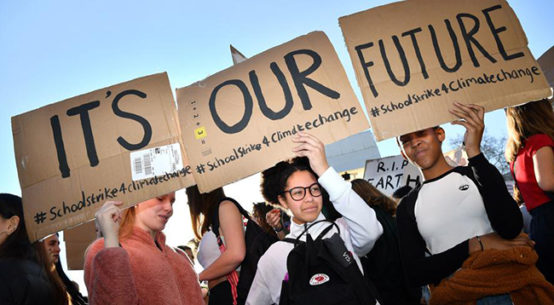There is a growing wave of plastics, smothering our countryside and lapping at our shores. Studies have shown we are breathing microplastics, eating microplastics, drinking microplastics, and picking them up through skin contact. Evidence is mounting that they can pose a potential threat tofood safety and human health. Scientists have found microplastics in the gut, human heart tissue and blood. They’ve been detected inbreast milk, placentas, and developing brains. There is currently research suggesting that microplastics,a complex mix of chemicals, leach chemical compounds during cooking processes. Agriculture is a large contributor to this wave. There were 12.5 million tonnes of plastic used in crop and livestock production in 2019 and 37.3 million tonnes in food packaging. There were 12.5 million tonnes of plastic used in crop and livestock production in 2019 and 37.3 million tonnes in food packaging. Bringing crops and meat from field to fork accounts for 10 million tonnes of plastic every year, followed by fisheries and aquaculture with 2.1 million tonnes and forestry with 0.2 million tonnes, FAO estimates The Food and Agriculture Organization of the United Nations (FAO) estimates that bringing crops and meat from field to fork accounts for 10 million tonnes of plastic every year, followed by fisheries and aquaculture with 2.1 million tonnes and forestry with 0.2 million tonnes. In the short term, materials like plastic mulch film on farms are relatively low cost and help improve yields and profits. But once they’re abandoned or lost, the plastic breaks down into microscopic pieces, which pollute soil and water supplies and habitats, and reduce productivity and food security in the long
term. Urgent action is needed – crossing national boundaries and sectors – by governments, producers, farmers, and individual consumers too. The international community is suiting up for the plastics challenge. The Intergovernmental Negotiating Committee on Plastic Pollution could reach a conclusion by 2025. At the same time FAO members are
considering means to promote sustainable use and management of plastics in agriculture for stakeholders across the agrifood value chain. The FAO has also just begun executing a project in Uruguay and Kenya, as part of the Financing Agrochemical Reduction and Management Programme. Led by the UN Environment Programme (UNEP) and supported by the Global Environment Facility (GEF), the USD379 million initiative aims to develop legal and financial frameworks in seven pilot countries in all, to help farmers phase out pesticides and plastics and adopt better practices.
Developers forecast the five-year programme will prevent the release of more than 20,000 tons of plastic waste, avoid 35,000 tons of carbon dioxide emissions and protect more than 3 million hectares of land from degradation. The FAO promotes a variety of solutions to the plastic pollution problem, based on the principles of a
circular economy. Depending on the context, these include adopting agricultural practices that avoid the use of problematic plastics; substituting natural, biodegradable, or compostable alternatives; reusing plastic products if there are no harmful contaminants; establishing mandatory schemes for collecting waste and establishing financial incentives to drive behaviour change from production to consumption. One thing is important. The solutions must not stop at national borders but overlap across agricultural sectors. We need the global framework provided by the legally binding global plastic pollution agreement and the specific details of best practices in the agriculture sector too. But importantly we must begin now. Everyone must play a part. Plastic pollution in agriculture is a global problem that requires urgent action at every link in the production chain – from governments to farmers, plastics producers to grass roots users and consumers. We are no strangers to a challenge such as this. The world united on behalf of the ozone layer and won. It is recovering. It’s time to suit up again and employ all the means at our disposal, try as many of the suggested solutions as possible, to slow down and disperse this ever-growing wave. Our health depends on it. Kaveh Zahedi is the Director of the Office of Climate Change, Biodiversity and Environment at the Food and Agriculture Organization of the United Nations (FAO)


